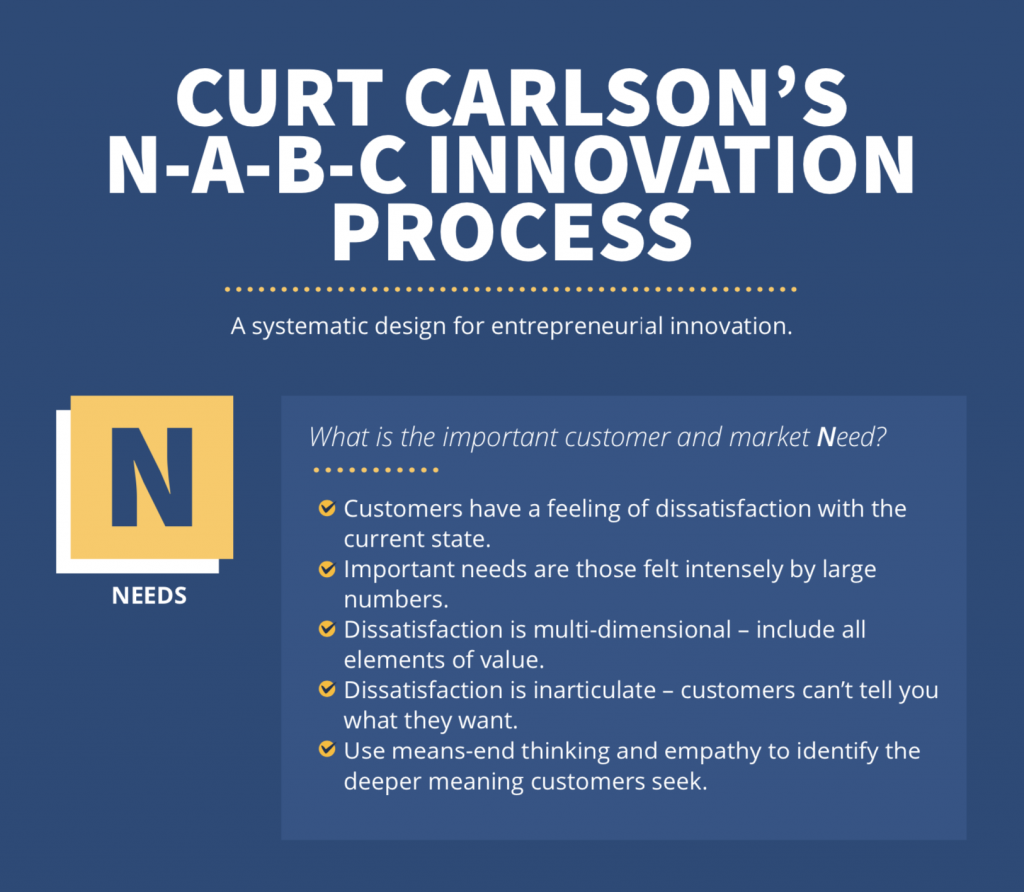42. Per Bylund on Economics of Value vs. Economies of Scale
Good economic theory predicts effective, cutting edge business practices. For example, the dynamic flexibility of capital resource allocation predicted by Austrian Capital Theory is being realized today via digitization, dematerialization and agile organizational innovations. Entrepreneurs who fully embrace Austrian theory can be leaders in the field of business implementation.
At the same time, economic theory evolves and it’s important to keep up. This week we talked about the economics of value and how this body of theory is superseding old mainstream economic theories from the industrial age. We focused specifically on the industrial-age concept of economies of scale.
Economies of scale can feel daunting to small and medium-sized businesses (97% of all businesses) because of the implication that big businesses enjoy unmatchable efficiencies, advantages in procurement and hiring, and asymmetrical bargaining advantages when negotiating with smaller business as vendors or suppliers.
But this industrial age economic law is not applicable to today’s entrepreneurial businesses. It applies to commodity businesses competing to make the same product and sell it to the same customers. It was historically possible to invest in capital to increase output per worker and lower variable costs to their lowest possible level, thus achieving a price and/or profit advantage, as well as an experience curve benefit of perfecting methods through extended high volume applications. Today, entrepreneurs don’t compete with commodity businesses, or in commodity markets.
Entrepreneurs compete on value, not on cost. Entrepreneurs put the customer in prime position, not production. They select a customer group to serve in the best possible way – so that those customers can experience maximum (subjective) value. Superior service to selected customers to facilitate value for them – not low cost – creates entrepreneurs’ competitive advantage.
Instead of pursuing greater and greater unit volume to lower unit costs, entrepreneurs utilize the customer empathy and feedback cycle to increase the level of value they can facilitate for customers. They process more and more customer feedback to understand better how to improve their experience.
Instead of scaling up, entrepreneurs scale down. Personalization and customization are increasingly effective routes to customer value experiences. Producing less unleashes scarcity, exclusivity, limited availability and uniqueness as value signals to selected customers.
And, when needed, scale can be rented. In the specialized areas where economies of scale are relevant – particularly in shareable infrastructures like the Amazon Marketplace platform or cloud computing – entrepreneurial businesses can “download scale from the internet”, i.e. take advantage of the platform’s scale without building it themselves.
The same customer-first, value-centric model applies In B2B markets. Entrepreneurs identify ways to fit into the customer’s system in a unique or superior way to re-balance asymmetric bargaining power. Relationship, not scale, brings advantage. Entrepreneurs always put customers and their value experience first, in both B2B and B2C.
Scale is a choice for the entrepreneur. Choose which customers to serve at what scale. The cost connection with scale is far less important than in the past.
DOWNLOADS & EXTRAS
Economics of Value vs. Economies of Scale PDF: Our Free E4E Knowledge Graphic
Understanding The Mind of The Customer: Our Free E-Book
